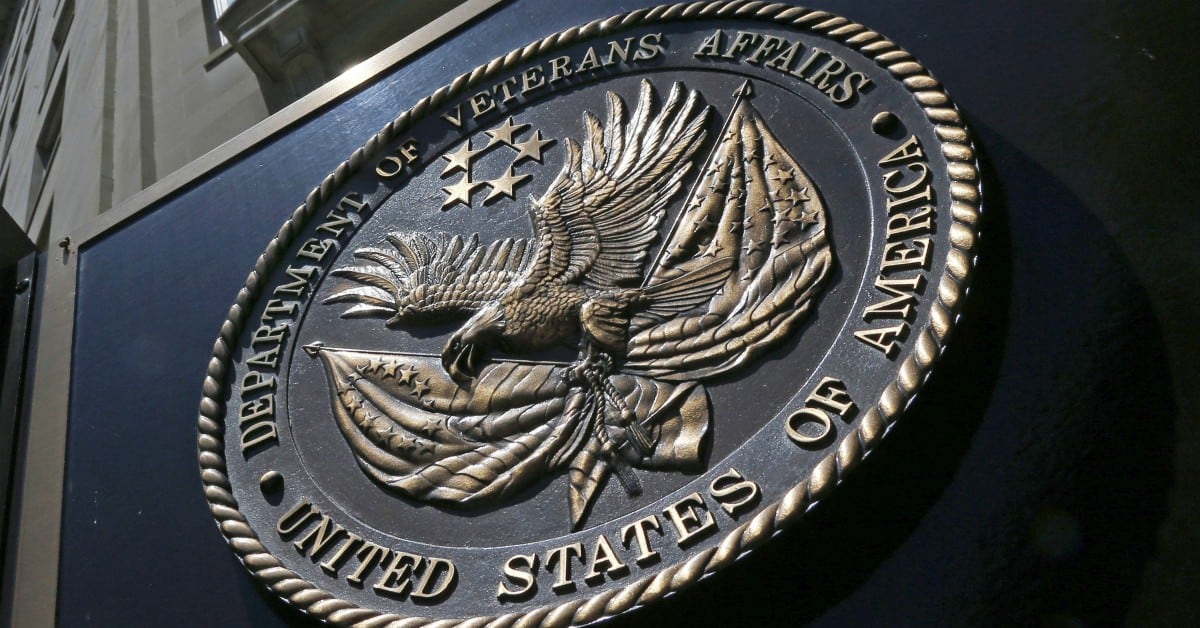Congress passed the Veterans Appeals Improvement and Modernization Act into law in August 2017, placing requirements on the Veterans Administration to streamline and provide new avenues for veterans to file disability claims by February 2019.
But IT staff at the VA soon realized that the agency’s current electronic system for tracking and processing claims would be unable to keep up with the new law’s requirements.
“AMA passed in late August 2017, and in it there’s this whole section — section five — that requires VA to track reviews across VA administrations and across systems in ways that had never done before. The way these systems were in the past, there were some integrations between them, but there was nothing that would allow this sort of tracking,” said Nicholas Holtz, project lead at the U.S. Digital Service, in an interview with Federal Times.
“When this law went into effect — and VA decided to implement the RAMP program, the Rapid Appeals Modernization Program started on Nov. 1 [2017] — we knew that there would need to be a way to make sure that the data stayed consistent. So that from Day One, all veterans that had any sort of AMA-related review — whether it’s a supplemental claim, a higher-level review or an appeal — [knew] that the data was always there and it was always consistent.”
RELATED

USDS and the VA had been working on a system called Caseflow to replace over time operations of the nearly 40-year-old Veterans Appeals Control and Locator System.
The team had already launched Caseflow Certification in April 2016, which automatically checked that required documents had been attached to an appeal filing and have since launched several more components of the Caseflow system.
But Caseflow Intake, the virtual front door of the disability appeals process, became the solution that would enable VA to meet the requirements of AMA.
The team got buy-in to begin work on Caseflow Intake in September 2017 and had a working tool in production by late October of the same year, because the tool designers wanted to get a minimally viable product out as soon as possible for testing and review, according to Holtz.
Intake would also ensure that veteran applications followed the rules outlined in the AMA.
“The law says that veterans can’t choose multiple lanes at the same time for the same issue. So if these are going into different systems, how is VA going to know? There’s a real risk there of veterans getting decisions that are inconsistent with each other or duplicative work being done in different parts of VA,” said Holtz.
Because the AMA process would not be officially live for more than a year, that testing included running simulations of how the Board of Veterans Appeals might use the system to address certain cases.
“A certain percentage of cases are priority: veterans that are older than 75, or they have a terminal illness, or they suffer from some sort of financial distress,” said Chris Given, a data engineer and technologist at USDS who worked on the simulations.
“One of the things that we realized is because of how the old process is set up, there’s kind of a filter or function that happens at the front where cases are being worked by the Veterans Benefits Administration. On a delayed basis they come to the Board. What happens under AMA is that a certain number of cases come directly to the Board. And what this does for the number of priority cases that you’re working is you have these cases that are coming to the Board a couple of years after the fact that are priority, but then you also have these new cases that are coming straight to the board, basically doubling the number of cases that are priority. No one had anticipated this. This had not been showing up in any of the policy work that had been done previously, and at first I thought it was a bug in the simulation.”
According to Given, the simulation also emphasized the importance of the policy and engineering teams working together to ensure that unattainable policy was not introduced and the tech that was developed fit within the needs of the agency.
“In this day and age, you cannot have successful policy without successful technology,” said Holtz.
“I think on other projects you can sometimes get away with the project manager or some of the designers having a lot of the context in their heads, and the engineers can get away with not always thinking through all that. But I think some of these cases are so complicated that you really need an engineering perspective at every level,” said Mark Benjamin, Caseflow tech lead for NAVA, one of the contractors on the project.
The VA and USDS team also worked on a number of other elements of Caseflow that were either tangentially or not at all related to the requirements of AMA: Queue, a case management system for VA employees reviewing cases; Hearing Schedule, to centrally manage hearing times; and Reader, which helps Board members easily flip through documents related to a case and make relevant notes or tags for other readers.
USDS and VA had a technical launch of the Caseflow products Feb. 19, when the law went into effect, but the tools had been published and worked through many times before that date, ensuring a successful launch.
“We had 18 months [after the law passed] and we didn’t wait until the end of the 18 months to flip the switch,” said Given. “Nothing went wrong on Tuesday for our stuff, because basically nothing changed.”
Jessie Bur covers federal IT and management.





